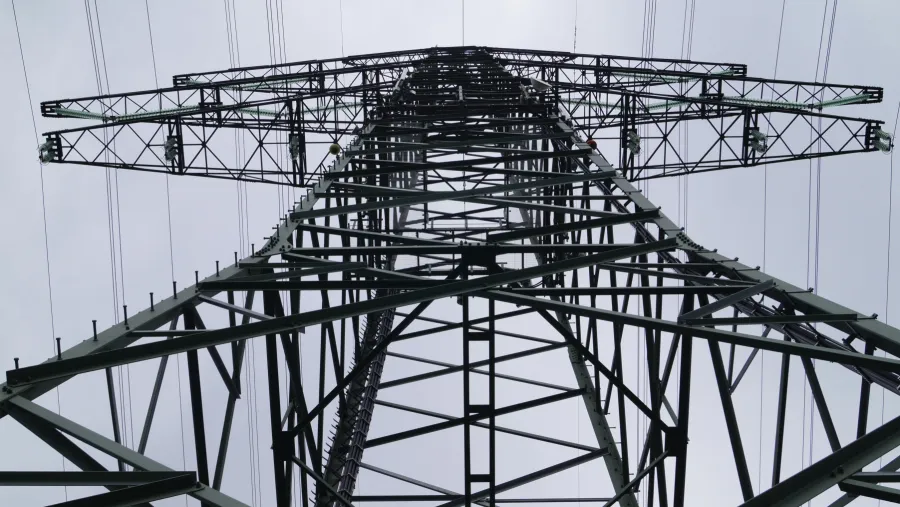
S’pore rolls out enhanced system to better manage energy supply
EMS II features additional capabilities for improved grid resiliency.
The Energy Market Authority (EMA) is utilising an enhanced Energy Management System II (EMS II) to better monitor Singapore’s electricity and natural gas transmission network, as well as generating plants.
According to EMA, the EMS II is equipped with a solar photovoltaic (PV) forecasting model, optimised situational awareness, and enhanced automatic power generation control capabilities. Prior to this, the previous version can only control and monitor conventional generators.
With the integration of the solar PV forecasting model, the EMA can better project solar PV output and take pre-emptive actions to manage solar intermittency.
Solar PV output forecasts are also provided to the Energy Market Company, the city-state’s wholesale electricity market operator, to generate dispatch schedules for each half-hourly dispatch period, including procuring additional reserves or energy.
In case of fluctuations in the grid, EMS II has Automatic Generation Control capabilities that can send signals to charge and discharge Energy Storage Systems (ESS) which are large batteries that can store solar energy.
The EMS II also has Intelligent Alarm Processing that synthesises alarms received from the power plants and transmission substations in times of emergencies This will help EMA respond to these alarms more effectively by reducing the risk of information overload on the operators in the control room.
EMA said EMS II is vital in Singapore’s transition to more low-carbon energy sources to achieve net-zero carbon emissions by 2050.
“The new capabilities allow EMA to promptly manage changes in demand and supply, a crucial enhancement in ensuring a reliable and stable electricity supply as Singapore scales up solar PV deployment,” the authority said.
EMA expects electricity demand to grow over the medium to long term as industries reduce their carbon footprint amidst the expansion of electricity-intensive industries.
“With system peak demand forecasted to increase at a compound annual growth rate of up to ~5% over the next five years, Singapore will need to tap on new energy sources such as solar and electricity imports from the region to meet our future electricity demand,” EMA said.
EMA said the EMS II will allow Singapore to efficiently manage these new energy sources connected to the power grid.











 Advertise
Advertise











